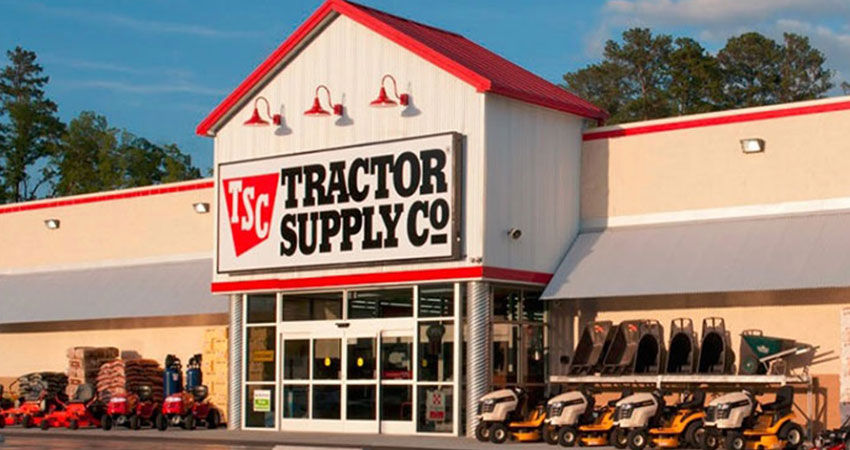The goal for home improvement and agriculture supply retailer Tractor Supply has been to meet customers needs at every touchpoint to support their lifestyle. The 1,700-store company has successfully married its in-store and online experience, creating a complementary flywheel effect.
“Customers depend on our team members for information,” said Letitia Webster, Vice President of Omnichannel for Tractor Supply, during a session at eTail East in Boston. “This fuels growth that we’re seeing in omnichannel, both in our retail stores as well as running 23 consecutive orders of double-digit ecommerce growth.”
Webster said Tractor Supply put its buy online pickup in store program together in such a way that customers can engage with the brand anytime, anywhere and any way they want to.
“We focus on building customer-centric engagement and offering relevant products and services,” she said. “We don’t sell everything and our website doesn’t have a marketplace because our customers are not interested in that. We’re very focused on what our customer needs.”
When implementing this type of omnichannel strategy, Webster said, it’s important to understand who your customer is, what they want and how you’re going to solve their problem.
“Test and learn, repeatedly test and learn,” she said. “You can’t just go out in one big bang and get it right from the beginning. You need to take small steps as you’re going to learn and make edits to your program.”
Webster said once you go through this process, you can start implementing it at much faster pace throughout the organization. Feedback from both customers and store associates helps enhance the experience.
“We said surely buy online pickup in store would mean something for our customers,” said Webster. “About 40% of what we were shipping was coming from our stores, so why don’t we reserve inventory for the store?”
Prior to implementing the program, customer data showed they still wanted to come to stores for added knowledge from associates.
“Buy online, pickup in store is not a new concept,” Webster said. “We took industry data, we looked at everything out there that we knew about (BOPIS), what works and what doesn’t, so we could design our program.”
Having real-time inventory info is critical to BOPIS success, Webster said, both point of sale and ecommerce, to get it right for your customers.
“You will need to do significant training to encourage (associates) to adopt the program and be supportive of it,” she said. “One of the things we learned was making sure every store got credit for every (BOPIS) order. In our organization those orders are not ecommerce orders, they are store sales.”
The testing phase included picking a district to roll out the program. This includes working with store managers and a cross-functional support team. The team provided performance feedback before it was rolled out across the country. Using this system, Tractor Supply went from a two-store BOPIS pilot in August 2016 to deployment across all 1,700 stores by the following May, a pretty fast ramp-up.
“Half of our ecommerce business is coming to (BOPIS) – that’s a big chunk of business,” Webster said. “What is more important, of the people that go in and pick up an order, 20% are buying something else while there. That is the biggest success of this particular program.”
She said Tractor Supply is testing various sized pickup lockers inside and outside its stores, as well as curbside pickup for ecommerce orders. Customers like the convenience, she said, and they can still shop the store – it just helps them get on their way faster.

